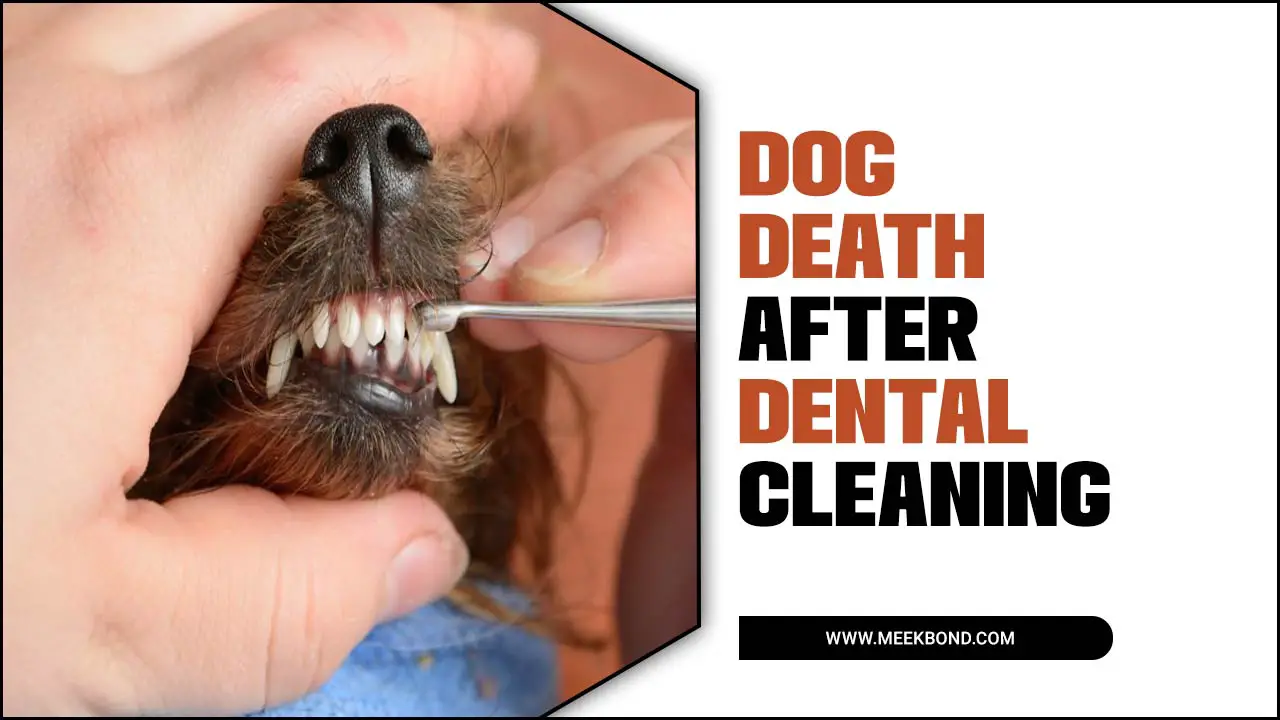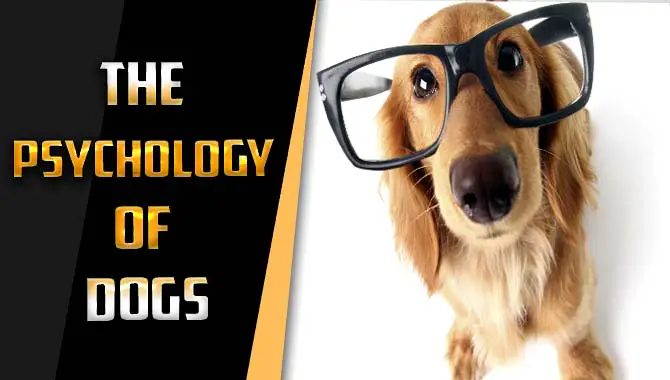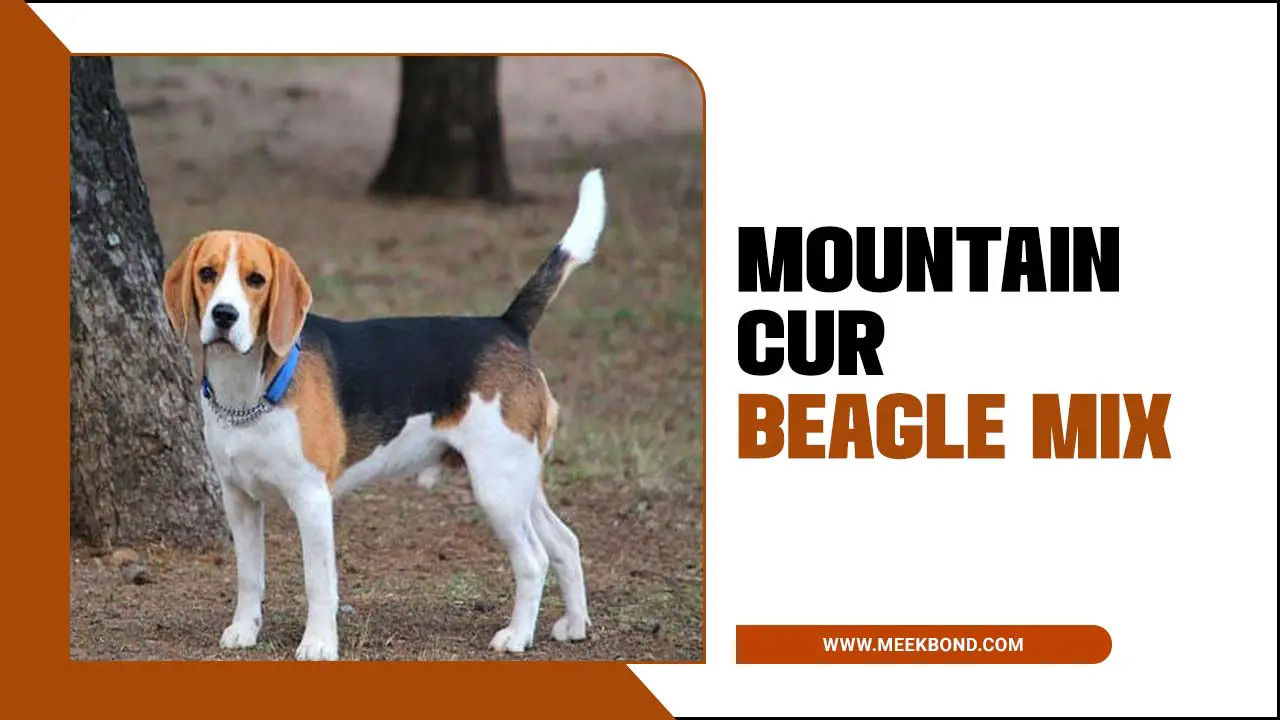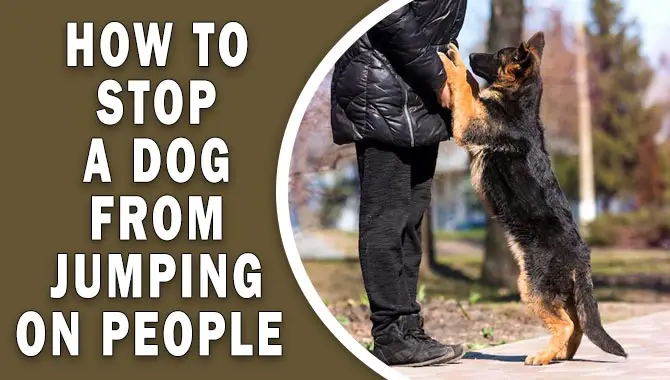There’s a good chance that, at one point in your life, you’ve been bitten by a dog. It might not have hurt too bad, but it still freaked you out. For dogs, biting is a way of expressing their displeasure with humans, and they’re usually doing it to establish dominance or to defend their turf.
Unfortunately, biting behavior from dogs is often left untreated, which can cause serious injury to owners and damage to the relationship between people and pets. If you’re worried about your pup nipping at people or other animals, there’s good news: Nipping is fairly easy to fix. All you need are the right techniques and patience—and of course, a little bit of reinforcement for them.
In this guide, we’ll tell you everything you need to know about how to train a nippy dog to stop biting or nipping. From the reason behind nipping behavior to how to best discourage nipping behavior and why – and what actions you can take as an owner to help deter future biting behavior.
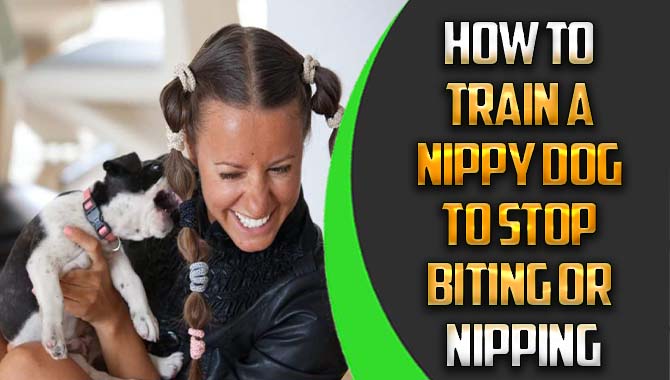
Why Do Dogs Nip?
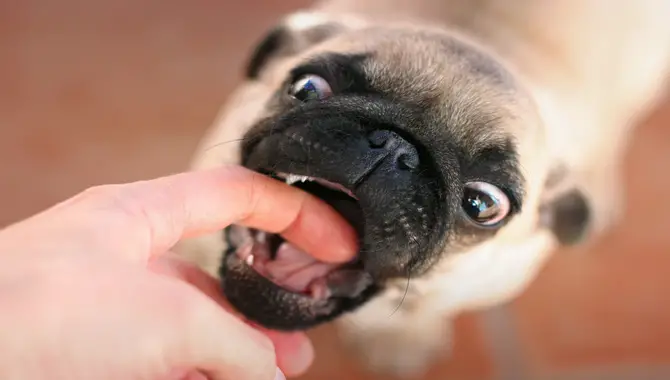
Nipping is an action dog take when biting or chewing. In some cases, nipping can be accidental or unintentional, but it is most commonly seen as a behavior of aggression or playfulness. Certain dog breeds, like Corgis, Collies, and German Shepherds, may be more likely to nip due to their herding background.
When puppies nip for play, this behavior can become ingrained and may continue even after the pup reaches adulthood. Nipping can also be a show of aggression from dogs who are fearful or guarding their territory. Dogs may also nip out of frustration or boredom.
It’s important to recognize the signs of nipping and address them appropriately so that the dog doesn’t develop bad habits. Nipping should not be ignored as this behavior can cause pain and bleeding in both humans and other animals.
Nippy dogs can be a challenge to own due to their independent nature and strong-willed nature. However, they make excellent companions for those who can handle the challenges of training and managing them. Overall, nippy dogs are unique and interesting companions that should not be overlooked if you’re looking for a new pet.
What Is Causing Your Dog To Nip?
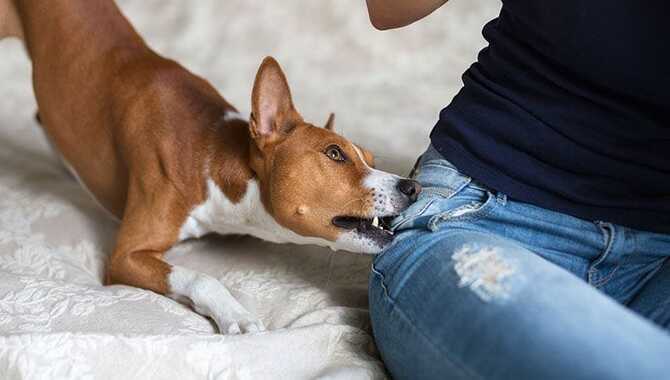
Nipping in dogs can be caused by a variety of factors, including frustration, teething, and certain dog breeds. Nippy dogs are often described as being difficult to manage or train. They are known for their strong-willed and independent nature, making them challenging to train and often difficult to control.
Nippy dogs can be challenging to socialize with and may have difficulty adjusting to new situations or people. These dogs are often described as being stubborn, high-energy, and prone to barking and chewing.
- Nipping can be a result of playfulness or aggression. Puppies often nip playfully to explore their environment or ease teething pain. This behavior often subsides as your dog ages and learns appropriate behaviors.
- Nipping can also be a sign of fear or guarding behavior. If your dog is afraid of something or someone, it may nip out of aggression. You may notice this behavior when your dog is on a leash and another dog approaches.
- Nipping can also be a show of excitement from dogs experiencing positive emotions such as joy, excitement, and happiness. This behavior could indicate that your dog is excited about something.
- Nipping can be a sign of boredom in dogs who don’t have enough stimulation or activities to keep them busy. When dogs are bored, they may chew on objects to relieve the boredom. If this behavior persists, you may want to consider providing more stimulation for your dogs such as toys and games.
Tips To Train A Nippy Dog To Stop Biting Or Nipping
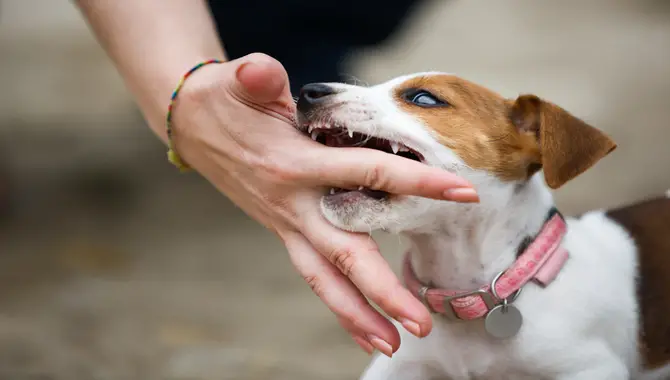
There are a few reasons why it’s important to train a nippy dog to stop biting or nipping. First, it can help avoid unwanted behaviors between dogs. Some dogs may nip when they’re excited, scared, or in any other situation that causes them to feel antsy or anxious. Training a nipping dog to stop doing this can help keep the peace between pets and prevent unwanted interactions.
Well, training a nippy dog to stop nipping can help prevent injury to other dogs and people. If your dog is biting too hard or nipping too often, you may be able to teach them to control their behavior using positive reinforcement methods like positive reinforcement training.
This approach teaches dogs to inhibit unwanted behaviors by rewarding them with treats and praise when they comply with commands. By working together and teaching each other how to calmly communicate their needs and boundaries, you and your pet can build a stronger relationship that will benefit both of you long-term.
Establishing Rules And Boundaries
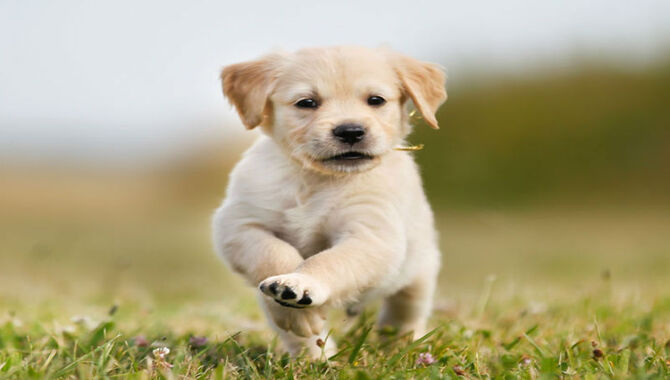
To ensure your dog has better control over their biting or nipping behavior, it’s important to establish rules and boundaries with them. You can do this by setting up clear guidelines for acceptable behavior and strictly enforcing them. It’s also important to avoid using aversive methods such as punishments or scolding, as these can make the problem worse.
Instead, use positive reinforcement, such as rewards for good behavior and treats for training, to teach your dog acceptable behavior. Besides training, exercise is also beneficial for channeling your dog’s energy. This will help them have better control over their biting or nipping behavior. If you’re not sure what steps to take, consult with a professional trainer to help establish rules and boundaries with your pet.
Redirecting Your Dog’s Attention
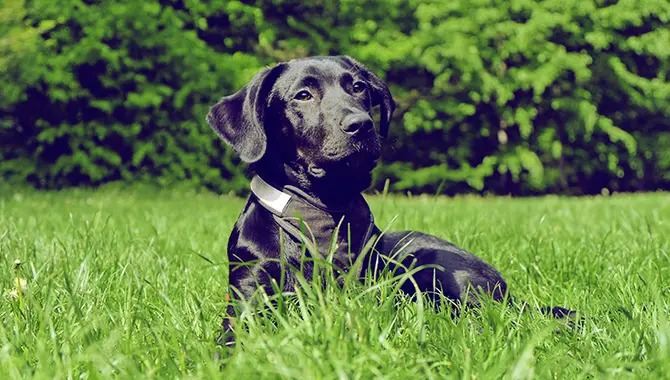
Training a nipping dog to stop nipping can be a challenging but rewarding process. Redirecting your dog’s attention when they are nipping can help mitigate the behavior. Positively redirect them by giving them something to chew on, such as their toy or a chew toy. To ensure success, consistency is essential; always have a toy available when training your puppy.
Consequences such as negative punishment (removing attention, play, and interaction) can help decrease the nipping frequency. By offering your dog positive reinforcement for behavior that is appropriate and avoiding attention, play, and interaction when they are nipping or biting, you can help teach them the desired association between human skin and no more fun.
Teaching Your Dog To Respond To Commands
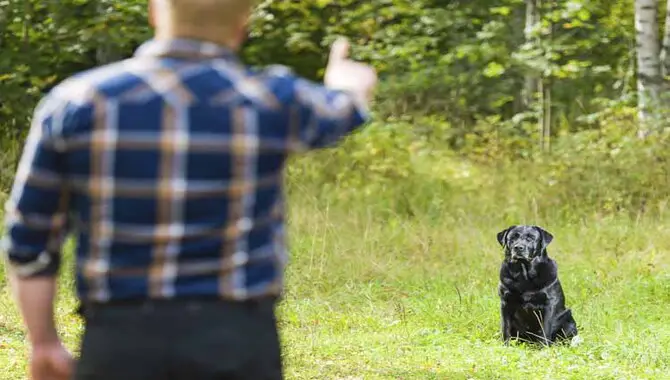
Teaching bite inhibition is vital to prevent your dog from accidentally injuring humans or other pets. Dogs learn bite inhibition by reacting appropriately to their biting behavior, such as yelping and letting their hand go limp. To ensure that your dog learns bite inhibition, always react to the biting behavior and reward good behaviors.
This will help reinforce the behavior of biting correctly. Additionally, use a tug toy or toy for the dog to hold but not direct contact with your skin. This way, you can get your dog used to biting without putting yourself at risk. When training your puppy bite inhibition, be consistent and patient and remember to reward good behavior.
Using Positive Reinforcement
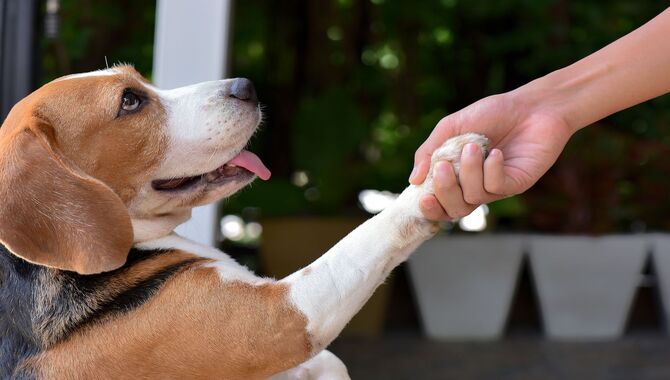
To train a nippy dog to stop biting or nipping, it’s important to redirect the dog’s focus from bad behavior to good behavior using a yelp method. This involves training the dog to respond when it is doing something unwanted by emitting a yelp. In addition, rewarding good behavior with treats and engaging in playtime with toys instead of hands is an effective way of training a nippy dog. Cold toys or treats can help soothe teething pain in dogs.
It also helps distract them from biting or nipping. Other positive reinforcement techniques, such as differential reinforcement and positive punishment, can be used to train a nippy dog to stop biting or nipping. These methods involve teaching the dog to sit when greeting people in increasingly distracting situations.
Discouraging Rough Play
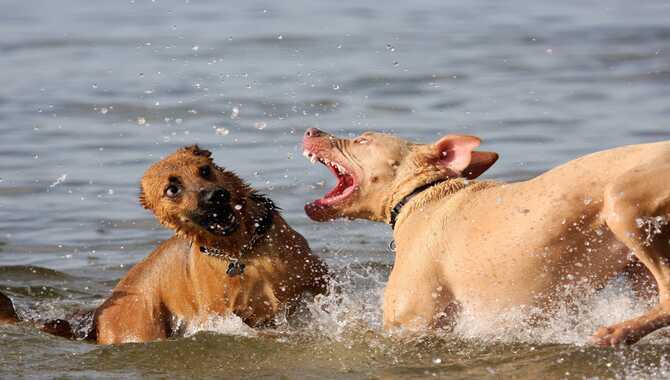
If you have a nippy puppy, it is important to try to avoid taking them to dog parks before they are fully trained. This can lead to confrontations that can result in dangerous situations for both dogs and their owners. Instead, take your puppy to dog-friendly parks where there are fewer distractions.
Whether you are training your puppy or playing with them, make sure you give them a firm correction when they start nipping during playtime. This will help ensure the behavior stops and will also help reinforce the training. Redirect your puppy towards a toy or treat to encourage them to engage in playtime instead of engaging with your hand. Besides training, offer cold toys and treats to help soothe the pain of teething.
Socializing Your Dog
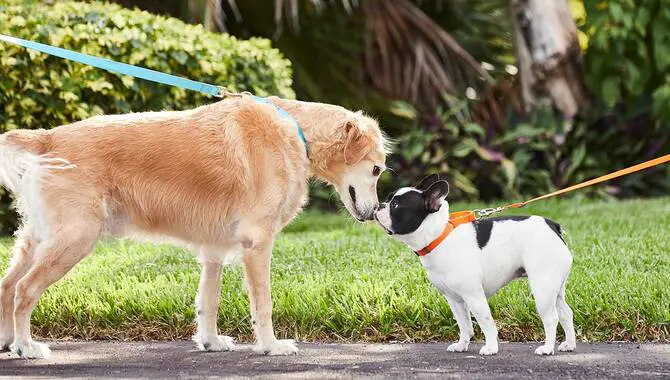
Socializing your dog is an essential part of training them to behave properly. Socialization helps puppies learn how to act around other dogs and people, and it also teaches them that biting and nipping are unacceptable behaviors. To socialize your puppy effectively, consider taking him to a local dog park or obedience class. If he nips or bites you, ignore him for a few minutes and then return to normal interactions.
When you use your dog’s name as an interrupter sound, he will associate the behavior with being stopped. By using both positive reinforcement and negative reinforcement, you can train your dog to stop biting or nipping without being harsh or punishing.
Understanding Your Dog’s Body Language
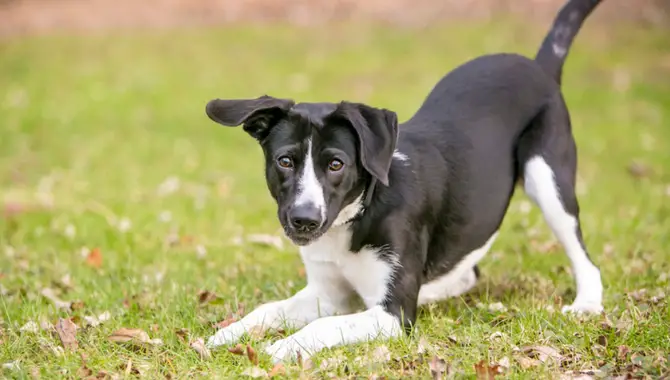
It is crucial to understand canine body language to better determine why your puppy might be nipping or biting. You can react appropriately by yelping and letting your hand go limp. If your puppy looks up at you, reward good behaviors with toys or treats instead of giving them a bite.
Try interrupting their biting behavior with the interrupter sound when they are puppies. Instead of yanking or pulling your hand away quickly, use a gentle patter of small taps to help them learn how to stop biting. Be consistent in using this sound and ignore any other behavior besides biting.
It’s important to teach your pup not to bite or nip. The best way to do this is through training. Start by teaching your pup the terms “no biting” and “let go.” When your pup begins biting, shout no biting loudly and gently tug on their leash, This will help them learn that biting isn’t acceptable behavior.
You can also use positive reinforcement training, in which you reward your pup for good behavior with treats and play. Make sure to praise your pup when they stop biting or nipping. If you see your pup getting frustrated, identify the source of the frustration and recreate an activity that is less intense for the pup.
This way, you can help them learn more productive ways to cope with frustration. If you still find it difficult to stop your pup from biting or nipping, consider speaking to a Certified Canine Behaviorist for professional training advice and assistance.
When To Seek Professional Help?
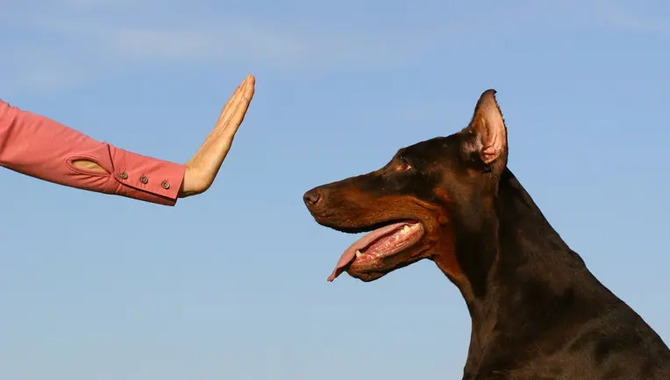
Nipping or biting is a behavior that should be addressed as soon as possible. If the dog is biting without provocation, it could be a sign of frustration, irritability, or aggression. Nipping or biting in play could indicate puppies chewing their teeth, teething, or frustration with other dogs playing too rough.
Nipping may also be a result of another behavior such as begging or jumping on people. A dog’s nips and bites should not be taken lightly, especially if they are causing injury to the owner or other dogs.
It is best to seek professional help in these cases to ensure that the biting behavior is addressed and controlled. A qualified professional can assess the cause of the biting behavior and provide training tips for strategies to stop it. Possible causes of nipping or biting include rough play during puppyhood, medical conditions such as seizures, and fear of other animals or humans.
Conclusion
So, now that you know the basics to train a nippy dog, it’s time to put them into practice. Follow these expert training tips to make training a nipping dog a cinch. Use positive reinforcement and reward your dog with tasty treats when they respond well. Praise and give affection to your pet when they listen and avoid punishment like taking away food or playtime. Your nipping dog should stop nipping in no time! Remember, consistency is key.
A nippy dog is not a bad dog. It simply needs to know how to control its teeth and mouth better. If you’ve tried everything and your dog continues to bite or nip, it’s time to seek the help of a professional trainer. You can find one online.
Frequently Asked Questions:
How Do I Get My Dog To Stop Biting And Nipping?
The best way to stop your dog from biting and nipping is to start training them as soon as you bring them home. Use corrective measures such as muzzle wraps when your puppy starts biting to help reduce the frequency of biting behavior. Once your puppy is biting less, it is important to begin formal training of commands at around 8 weeks old. This way, your puppy will be well-trained before it hit puberty and have fewer opportunities to bite.
Is There A Difference Between A Dog Nipping And Biting?
There is usually no need to worry if your dog nips and bites you – it’s usually just playing. However, there are a few things to keep in mind if your dog does nip or bite you:
1.Nipping can be accidental or intentional and can happen for several reasons
2.Puppies tend to nip and bite more than usual during the teething process,
3.Puppies often explore their environment using their mouth, so puppies need to learn that playing with people is different from playing with other dogs.
At What Age Do Dogs Stop Nipping?
Most puppies stop nipping around the age of seven months old. This is when they have all of their adult teeth and can no longer be teething. Through playtime, puppies learn bite inhibition early on and biting behavior generally decreases as they get older.
Why Is My Dog Nipping So Much?
Puppies are often more inquisitive than adults and may nip as a way to explore their environment. In some cases, this may be a sign of aggression or playfulness. If you notice your dog nipping excessively, it’s best to consult with a professional trainer before anything bad happens.
Is There Any Risk In Using A Prong Collar For Training Dogs?
There is a small risk of injury when training your dog with a prong collar. It is important to use the correct size and strength of the prong collar for your dog’s size and weight. If your dog becomes agitated or aggressive while wearing a prong collar, remove it immediately.

Aquarium passion is all about connecting with the aquatic life and providing education to the public on the importance of these creatures. We showcase a wide variety of marine life through our exhibits as well as working with schools to provide unique learning opportunities for students of all ages.

